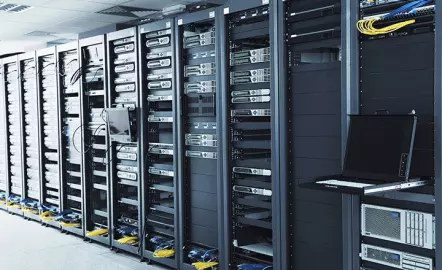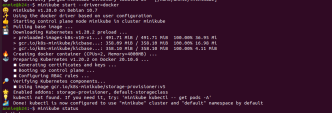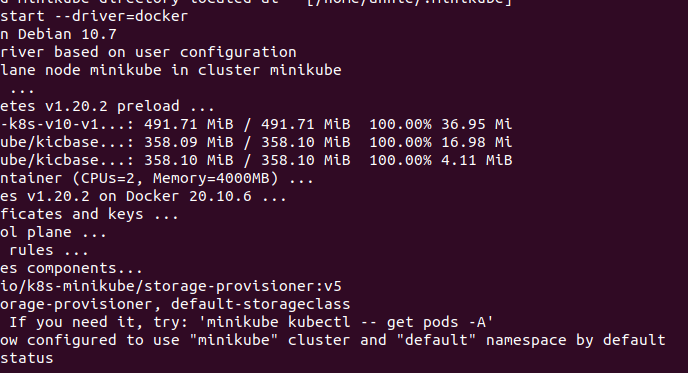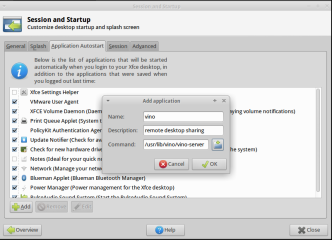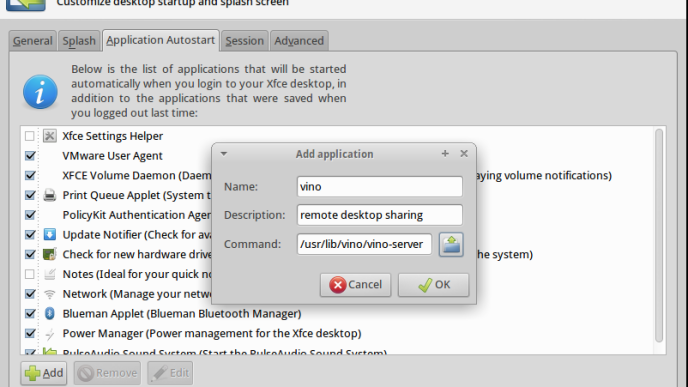To install MySQL server in Kubernetes, run
helm install stable/mysql
Once install is completed, you will get something like
NOTES:
MySQL can be accessed via port 3306 on the following DNS name from within your cluster:
incendiary-monkey-mysql.default.svc.cluster.local
To get your root password run:
MYSQL_ROOT_PASSWORD=$(kubectl get secret --namespace default incendiary-monkey-mysql -o jsonpath="{.data.mysql-root-password}" | base64 --decode; echo)
To connect to your database:
1. Run an Ubuntu pod that you can use as a client:
kubectl run -i --tty ubuntu --image=ubuntu:16.04 --restart=Never -- bash -il
2. Install the mysql client:
$ apt-get update && apt-get install mysql-client -y
3. Connect using the mysql cli, then provide your password:
$ mysql -h incendiary-monkey-mysql -p
To connect to your database directly from outside the K8s cluster:
MYSQL_HOST=127.0.0.1
MYSQL_PORT=3306
# Execute the following command to route the connection:
kubectl port-forward svc/incendiary-monkey-mysql 3306
mysql -h ${MYSQL_HOST} -P${MYSQL_PORT} -u root -p${MYSQL_ROOT_PASSWORD}
To connect to this MySQL, you need to create a temporary Ubuntu server in Kubernetes as MySQL is only available inside the cluster.
To create a server, run
kubectl run -i --tty ubuntu --image=ubuntu:18.04 --restart=Never -- bash -il
Install MySQL client inside this server with
apt update apt install mariadb-client -y
To connect to MySQL, use the command provided after install, in my case
mysql -h incendiary-monkey-mysql -u root -p
You can get password by running
kubectl get secret --namespace default incendiary-monkey-mysql -o jsonpath="{.data.mysql-root-password}" | base64 --decode; echo
You can list packages installed using helm with
boby@sok-01:~$ helm list NAME REVISION UPDATED STATUS CHART APP VERSION NAMESPACE incendiary-monkey 1 Tue Feb 26 22:24:13 2019 DEPLOYED mysql-0.15.0 5.7.14 default boby@sok-01:~$
To delete, run
boby@sok-01:~$ helm delete incendiary-monkey release "incendiary-monkey" deleted boby@sok-01:~$
In Google Kubernetes Engine, Nodes are Google Complete Engine (Virtual Machiens). Pods run inside Nodes. A Kubernetes cluster can contain multiple node pools. A node pool contain multiple nodes of same instance type.
To create a Node Pool in Google Kubernetes Engine, run
gcloud container node-pools create POOL_NAME \ --cluster=CLUSER_NAME \ --machine-type=e2-standard-2 \ --num-nodes=1 \ --zone=ZONE_NAME
To delete a node pool, run
gcloud container node-pools delete POOL_NAME --cluster CLUSER_NAME --zone ZONE_NAME
To resize a node pool, run
gcloud container clusters resize CLUSER_NAME --node-pool POOL_NAME \
--num-nodes 3 --zone ZONE_NAME

